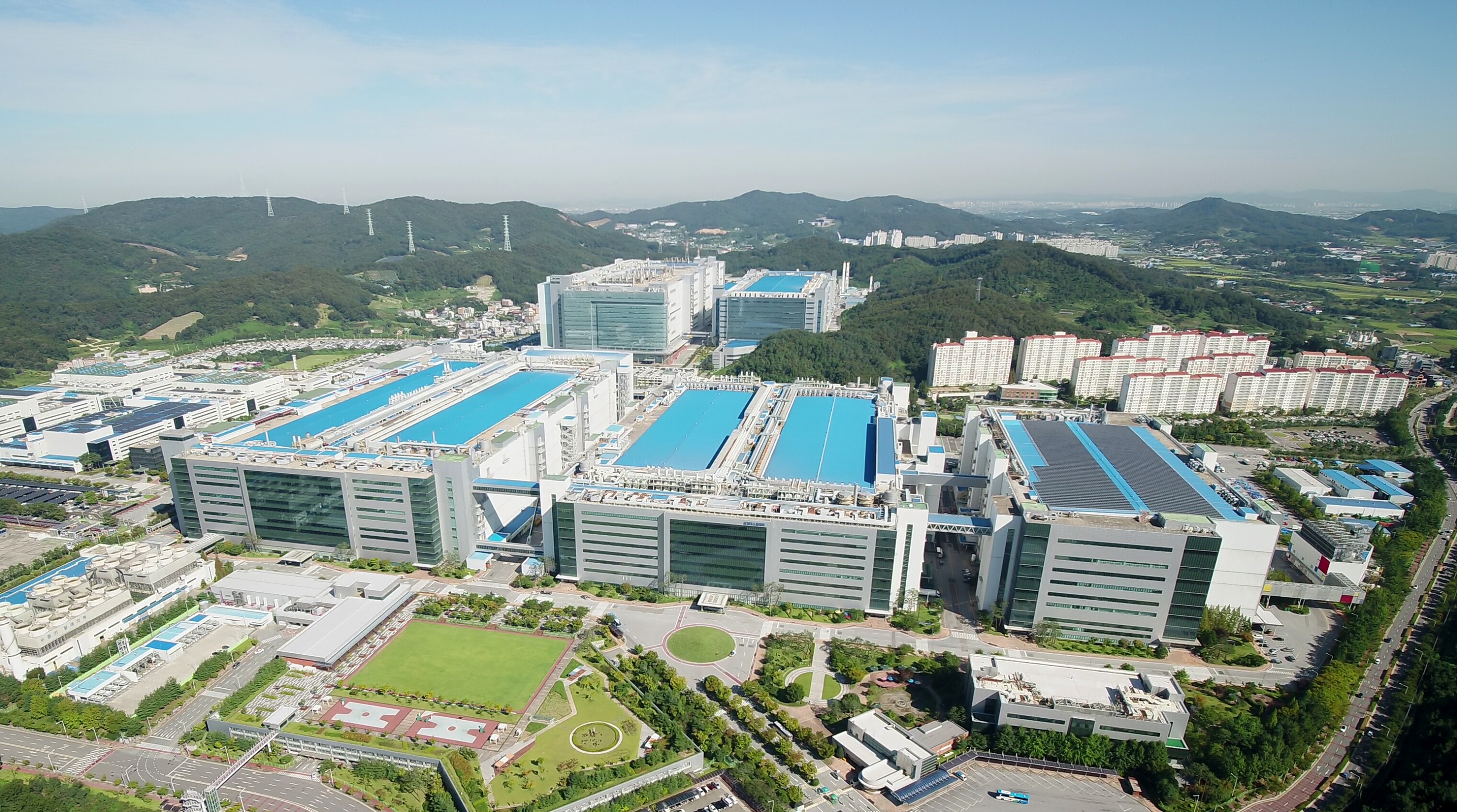- Samsung Display earns highest ‘platinum’ rating across all campuses in its direct global operations network
- Company achieves milestone with ‘Zero Waste to Landfill’ validation
- Recycling efforts include repurposing waste PVC and glass for high-value uses
- Waste reduction decreased over 20% in 2023 compared to 2021
SEOUL, February 6, 2025 – Samsung Display announced today that all of its facilities in its direct global operations network[1], which include four domestic and four overseas campuses, have achieved the highest ‘platinum’ rating for recycling resources. This milestone was achieved in accordance to UL 2799 for Zero Waste to Landfill validation conducted by UL Solutions, a global organization in applied safety science.
UL Solutions ‘Zero Waste to Landfill’ validation is internationally recognized for assessing a company’s commitment to recycling resources. UL evaluates the recycling rate of each campus over the previous year then assigns grades such as silver (89.5-94.4%), gold (94.5-99.4%) and platinum (99.5-100%) based on the respective recycling rates.
Samsung Display first achieved a platinum rating at its Asan1 campus in 2020. The following year, the three other domestic campuses in Asan2, Cheonan and Giheung, along with three overseas campuses, SDD (China Dongguan), SDT (China Tianjin) and SDN (India Noida), also achieved the platinum grade. This year, SDV (Vietnam) significantly increased its resource circulation rate and received a platinum rating. This now ensures that all Samsung Display’s domestic and international campuses in its direct global operations network have received a platinum rating.
Samsung Display is transitioning its system across all campuses to enable the recycling of waste that was previously incinerated or sent to landfills. Waste PVC, generated during the dismantling and replacement of production lines, is now being recycled as raw materials. Additionally, waste glass, produced during the display manufacturing process, is now being repurposed for high-value uses such as glass fiber and paving block materials. The company continues to collaborate with partner companies and jointly develop treatment technologies to increase the recycling rate.
Samsung Display has also made significant strides in waste reduction. In 2023, the company generated about 150,000 tons of waste across all campuses, marking a decrease of more than 20% compared to waste generated in 2021 (approximately 190,000 tons).
“Achieving the highest grade for ‘Zero Waste to Landfill’ at all campuses is the result of faithfully implementing our environmental management strategy,” said Kunhyung Lee, Head of Global Infra Technology at Samsung Display. “The transition to a resource circulation system is recognized as an essential element of sustainable management. We will continue to expand waste reduction and resource recovery efforts.”
[1] Direct global operation networks refer to facilities and local entities that operate under the Samsung Display name.


